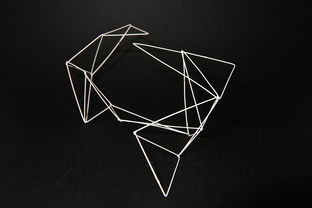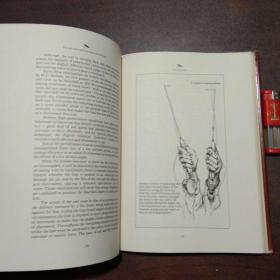
本文目录导读:
- Understanding the Basics
- Choosing the Right竿子
- Mastering the Cast
- Learning to Set the Hook
- Fighting the Fish
- Practice, Practice, Practice
Content:
Embarking on the journey of fishing can be an incredibly rewarding experience, offering both relaxation and the thrill of catching your first fish. However, for beginners, one of the most daunting tasks is mastering the art of handling a fishing rod. The竿子, or fishing rod, is your primary tool in this endeavor, and its proper use can significantly impact your fishing success. Here, we delve into some essential tips to help you hone your竿子技巧 as a fishing novice.
Understanding the Basics
Before diving into the nitty-gritty of竿子 techniques, it's crucial to understand the basics of your fishing rod. Here are some key components to familiarize yourself with:
- Blade: The flexible part of the竿子 that bends when you cast or fight a fish.
- Handle: The grip where you hold the竿子.
- Guide: The small rings along the竿 that guide the line to the reel.
- Reel Seat: Where the reel is attached to the竿.
- Tip: The top part of the竿 that bends the most when you're casting or fighting a fish.
Choosing the Right竿子
As a beginner, it's important to choose the right竿 for your fishing style and the type of fish you're targeting. Here are some general guidelines:
- Length: A longer竿 offers more casting distance and leverage, while a shorter竿 is more versatile and easier to handle in tight spaces.
- Action: The action of an竿 refers to how much it bends when pressure is applied. A fast-action竿 bends only at the tip, while a slow-action竿 bends further down the竿.
- Power: The power of an竿 refers to its strength and stiffness. A heavier power竿 is better for larger fish, while a lighter power竿 is suitable for smaller species.
Mastering the Cast
The cast is the foundation of your竿 skills. Here's a step-by-step guide to mastering the basic cast:
- Load the竿: Hold the竿 with both hands, with the reel in your dominant hand. Stand with your feet shoulder-width apart and the竿 pointing towards your target.
- Backcast: Sweep the竿 back over your head in a smooth, continuous motion. Keep your wrist firm and let the竿 load naturally.
- Forward cast: With the竿 fully loaded, stop the backward motion and quickly sweep the竿 forward, pointing it at your target. Release the line as the竿 straightens.
- Adjust: Practice your cast in different directions to get a feel for the line and how the竿 responds.
Learning to Set the Hook
Once you've cast your line, the next critical step is to set the hook effectively. Here's how to do it:
- Reel in: As the lure or bait approaches the target, start reeling in gently to keep tension on the line.
- Prepare to set: When the lure or bait is close enough, hold the竿 in a position where the tip is slightly above the line.
- Set the hook: With a quick, sharp movement, point the竿 tip down towards the water. This will transfer the energy from the reel to the lure, setting the hook into the fish's mouth.
Fighting the Fish
Once you've hooked a fish, it's time to fight it with skill and patience. Here are some tips:
- Keep a firm grip: Maintain a steady pressure on the line without yanking or jerking the竿.
- Guide the fish: Use the reel to control the speed of the fish's retreat. If the fish swims away, allow it to tire itself out.
- Play smart: Avoid unnecessary movements that might spook the fish or break your line.
Practice, Practice, Practice
Like any skill, mastering竿技巧 takes time and practice. Spend as much time as possible on the water, experimenting with different techniques and learning from your experiences. The more you fish, the more you'll understand the nuances of your竿 and how to use it effectively.
In conclusion, becoming proficient in竿子技巧 is essential for any beginner angler. By understanding the basics, choosing the right竿, mastering the cast, setting the hook, and learning how to fight a fish, you'll be well on your way to becoming a confident and successful fisherman. Remember, practice is key, so get out there and start casting!












